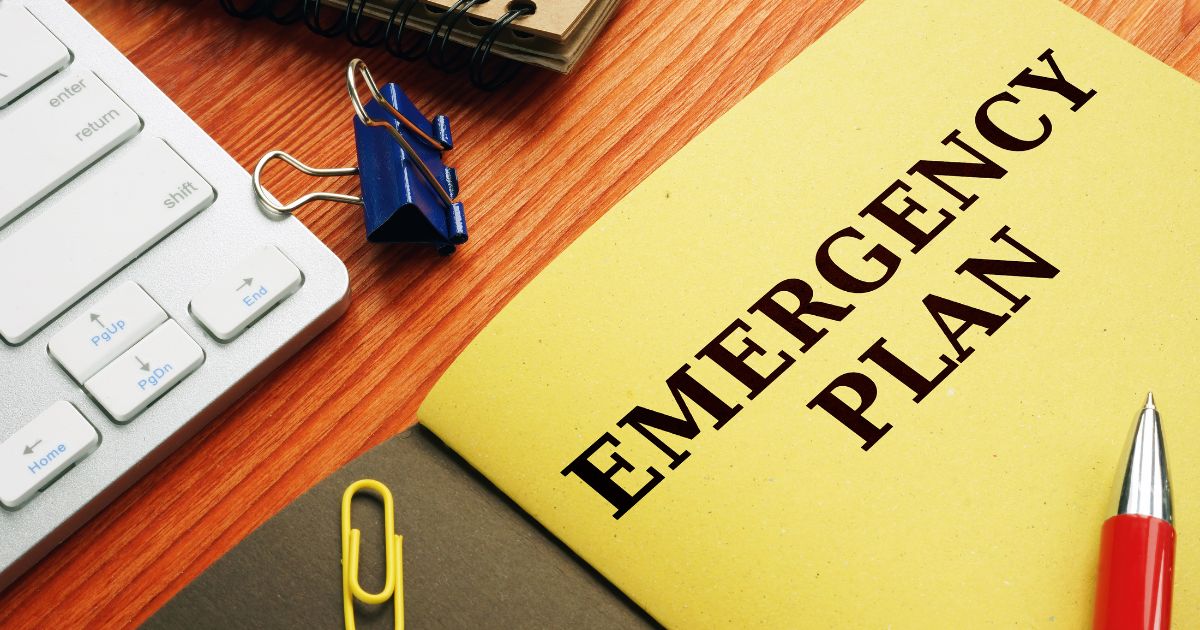
When your HVAC system fails unexpectedly, it can be a stressful situation, especially during extreme weather conditions. Knowing what steps to take when faced with such emergencies can help you navigate the situation calmly and efficiently.
1. Stay Calm and Assess the Situation
The first and most crucial step is to remain calm. Panicking will only make the situation worse. Take a moment to assess the situation and determine the severity of the problem. Is it a complete system failure, or is it a specific issue like no cooling or heating?
2. Check for Basic Issues
Before calling for emergency service, check for basic issues that might be causing the problem. Ensure that the thermostat is set correctly, the circuit breaker hasn’t tripped, and the air filters are clean. Sometimes, simple fixes can resolve the issue.
3. Ensure Safety First
If you detect any unusual smells like burning or gas, or if you suspect a gas leak, evacuate the premises immediately and call emergency services. Safety should always be your top priority in any HVAC emergency.
4. Contact Emergency HVAC Service
If you’re unable to resolve the issue on your own or if it’s a critical problem like a complete system failure, contact an emergency HVAC service provider immediately.
5. Provide Relevant Information
When contacting the HVAC service provider, be prepared to provide relevant information about the issue. Describe the symptoms you’re experiencing, any unusual sounds or smells, and any recent maintenance or repairs performed on the system.
6. Follow Technician Instructions
Once the HVAC technician arrives, follow their instructions carefully. Provide them with any additional information they may need and allow them to inspect the system thoroughly. Be prepared to make decisions regarding repairs or replacements based on their recommendations.
7. Consider Temporary Cooling or Heating Solutions
While waiting for the HVAC technician to arrive, consider implementing temporary cooling or heating solutions to maintain comfort in your home. Use fans, portable heaters, or open windows strategically to regulate indoor temperature.
8. Document the Incident
After the emergency has been resolved, take the time to document the incident. Keep records of any repairs performed, invoices, and communication with the HVAC service provider. This information may be useful for future reference or insurance purposes.
Conclusion
Facing an HVAC emergency can be intimidating, but with the right approach, you can effectively manage the situation and minimize inconvenience. Remember to stay calm, prioritize safety, and seek professional help when needed. By following these steps, you can navigate through emergency HVAC situations with confidence and peace of mind.


